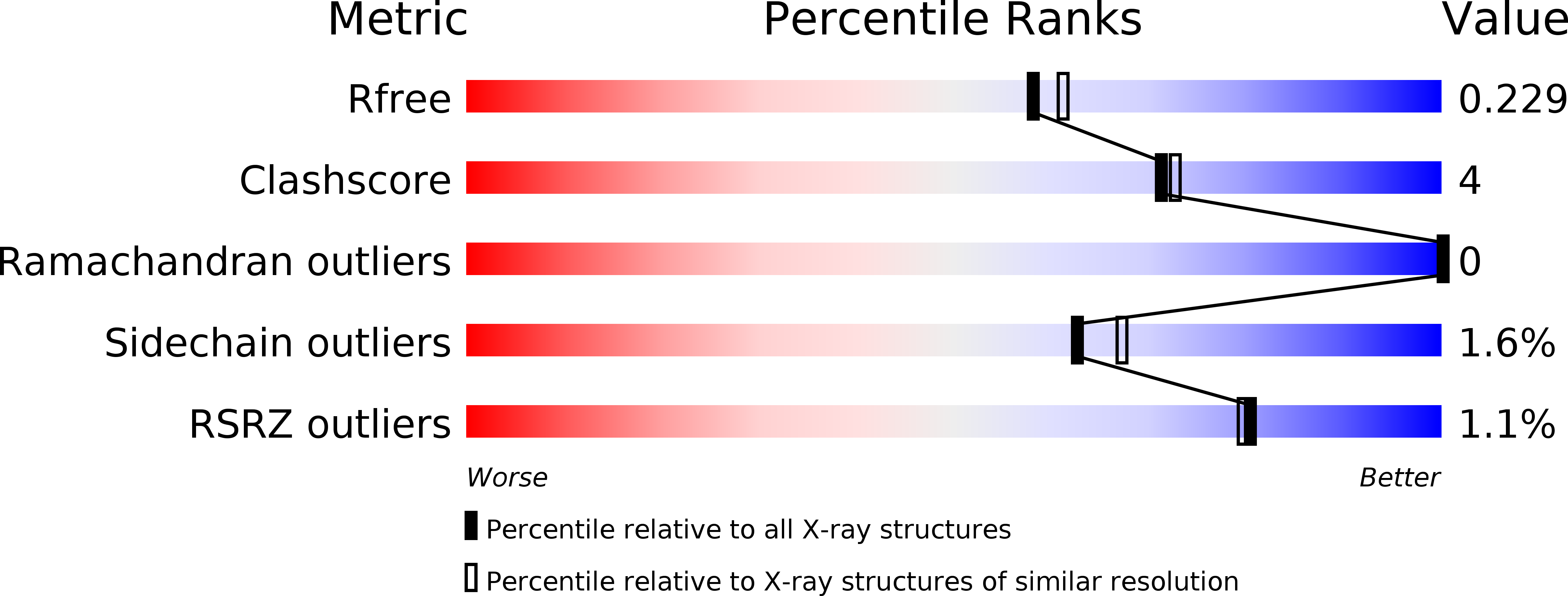
Deposition Date
2007-06-28
Release Date
2007-07-10
Last Version Date
2024-05-01
Method Details:
Experimental Method:
Resolution:
2.00 Å
R-Value Free:
0.22
R-Value Work:
0.17
R-Value Observed:
0.18
Space Group:
P 1 21 1


